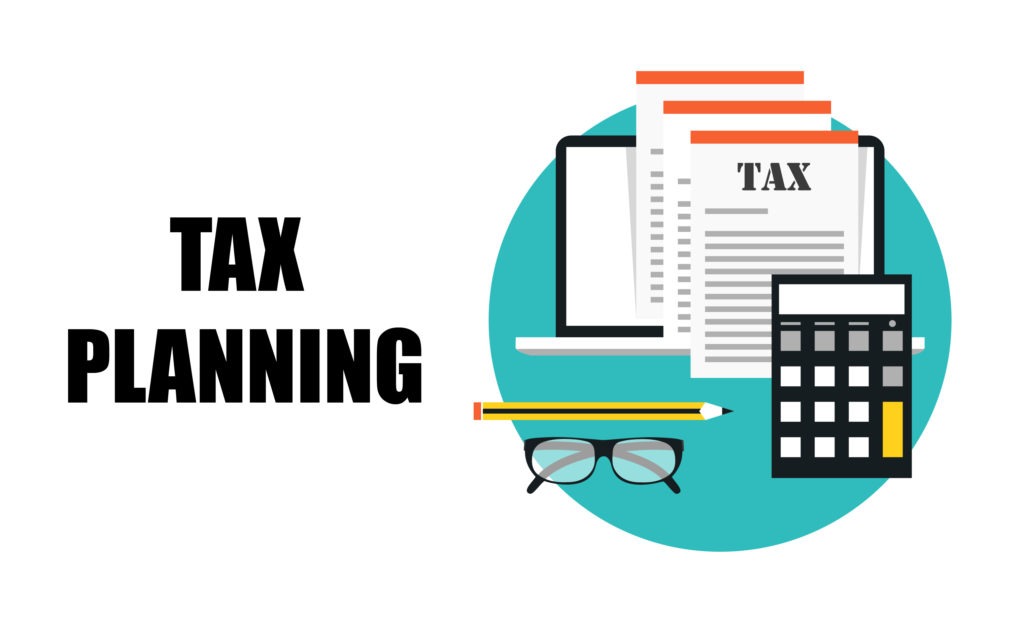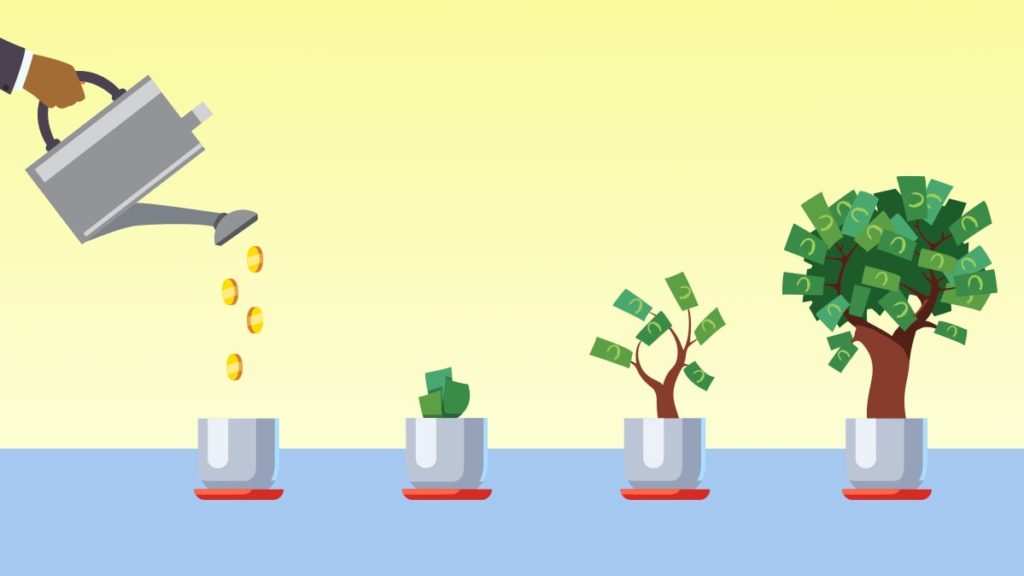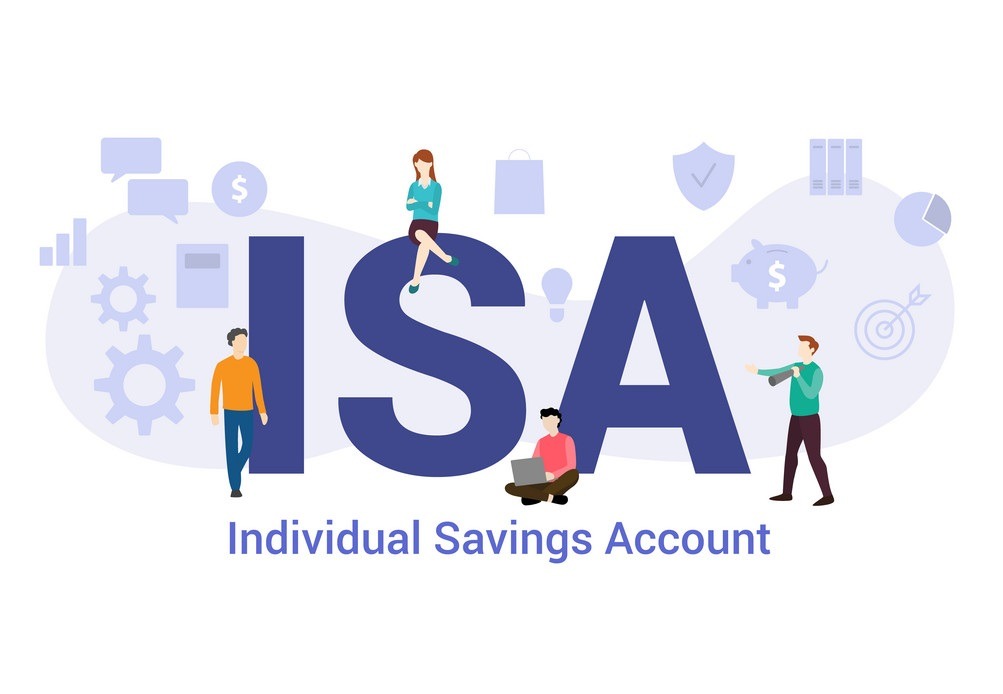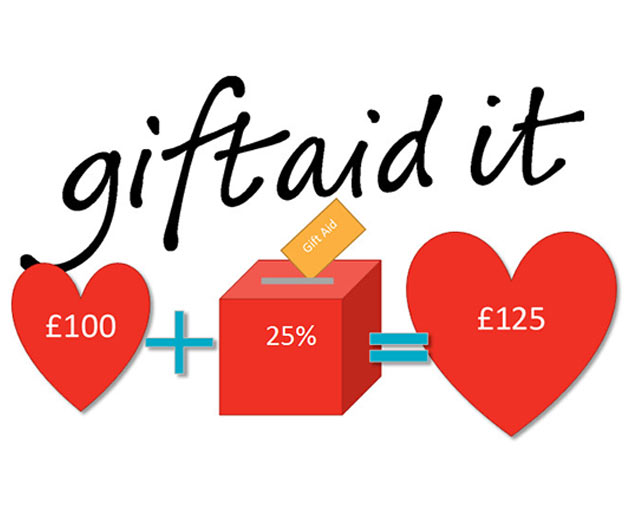Planning for the future
Pensions
Pensions provide significant planning opportunities. For directors of family companies, they can bring an advantage both ways. The company making employer pension contributions for the director should get tax relief, provided the overall remuneration is commercially justifiable: the director receives a benefit free of tax and National Insurance.
Pension contributions made by individuals whether as employees, directors or in business on their own account, attract higher and additional tax relief, provided the individual has sufficient relevant earnings to support the contributions. Earnings generally means employment and self employed trading income.
Non-taxpayers can also benefit from making pension contributions. In order to qualify for tax relief on personal pension contributions of up to £3,600 (gross) pa, earnings are not required. In practical terms, £2,880 can be paid into a qualifying pension scheme, which, with the addition of £720 basic rate tax relief, creates a pension investment of £3,600. This can provide a pension pot for non-working spouses or other family members. It can also be considered for someone with profits from a property investment business, which are not generally classed as earnings.
Annual allowance
The annual allowance (AA) is the maximum you can pay into a pension in the tax year and still get tax relief. In 2020/21, it is £40,000. It can be lower if you have already flexibly accessed a pension pot or have a high income (below). It’s not a per scheme limit, so if you have more than one pension scheme, any contribution made, whether by you, an employer, or any other party, counts towards the overall limit. Contributions above the £40,000 AA are potentially charged to tax as the top slice of your income. Most individuals and employers take steps to limit pension saving to keep below the AA, rather than fall within the charging regime.
Tip: unused AA
If you want to make significant pension contributions in one tax year, but made smaller contributions in earlier years, the rules around carry forward of unused AA may work for you. They have particular potential if you are self-employed and earnings vary significantly year on year.
The rules mean you can contribute more than the AA in the tax year and still get tax relief by accessing any unused AA for the previous three years, starting with the earliest. We are happy to advise further here.
Change for high earners: there are special rules (and complex calculations) for high earners, for whom a lower, or tapered AA can apply. The taper reduces the AA by £1 for every £2 of adjusted income over the adjusted income threshold . From 6 April 2020, there are increases to the income limits used in the calculations, and to the minimum tapered AA.
Adjusted income rises from £150,000 to £240,000. That’s broadly total taxable income before deducting taxpayer pension contributions, but counting employer contributions. Threshold income also rises from £110,000 to £200,000: broadly, total taxable income after deducting taxpayer pension contributions, and excluding employer contributions. The minimum tapered AA falls from £10,000 to £4,000. The changes will impact those with earnings more than £300,000 . If your threshold income is £200,000 or less, the taper should not affect you in 2020/21.
When?
Currently, you can access defined contribution (also known as money purchase) pensions from the age of 55. This age limit will change, rising to 57 from 2028. You can access funds earlier, for example because of ill health: but using funds before the minimum age generally attracts a 55% tax charge. Generally, up to 25% of pension funds can be taken as a tax free lump sum, with any balance being taxable income: do talk to us first, to ensure tax efficiency.
Tax free saving for children
Children have their own personal allowance; savings and basic rate bands; and capital gains tax annual exemption. Junior ISAs offer an opportunity for parents and other family members to invest for tax free income and growth for the future benefit of their children. Budget 2020 more than doubled the amount that can be saved in a Junior ISA in any one tax year. From 6 April 2020, this is £9,000 rather than £4,368. Personal pension contributions, up to the £3,600 limit, with tax relief, can also be made for children, as outlined above.
Bespoke planning: please contact us for advice tailored to your personal circumstances.













